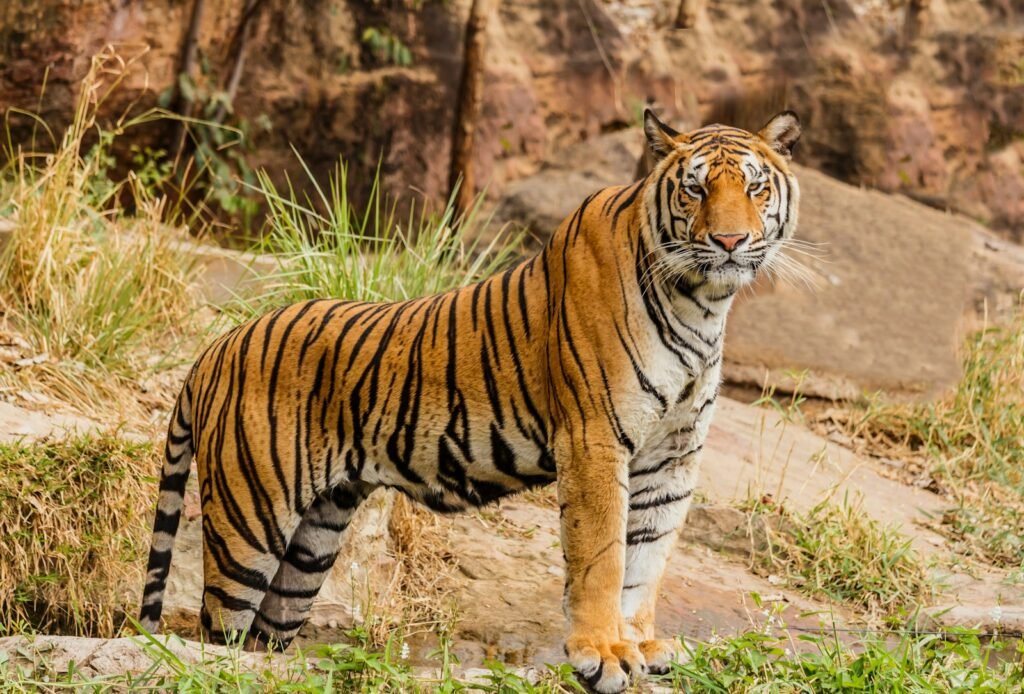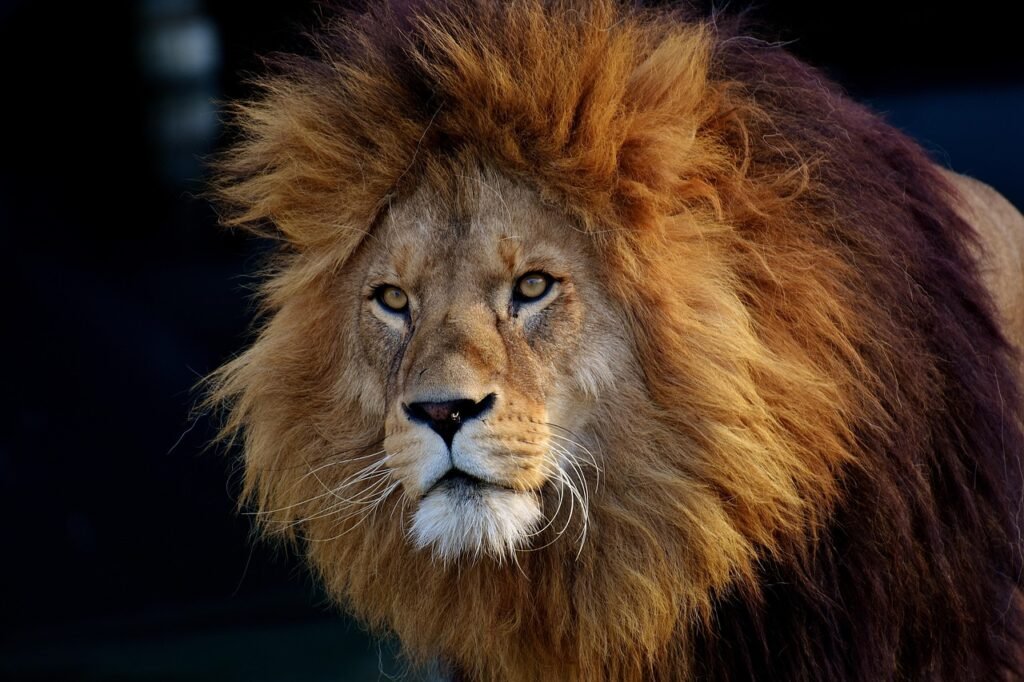Big cats, synonymous with power and grace, have long captured human imagination and respect. However, their habitats are facing unprecedented threats worldwide. These magnificent creatures, including lions, tigers, leopards, and cheetahs, are seeing their natural homes erode at an alarming rate. Understanding the decline of big cat habitats is crucial, setting the stage for effective conservation strategies.
Understanding Big Cat Ecosystems

Big cats are keystone species, meaning they play a critical role in maintaining the structure of their ecological communities. Their habitats range from the African savannas, dense rainforests of Asia, to the mountain ranges and grasslands across the globe. These ecosystems have evolved to support not just the big cats themselves but also an intricate web of life that includes their prey and other plant and animal species.
Causes of Habitat Decline

The decline in big cat habitats is primarily attributed to human activities. The ever-expanding human population drives deforestation, land conversion for agriculture, urban development, and infrastructure projects, all of which encroach upon and fragment these natural spaces. Additionally, climate change exerts pressure on these habitats, affecting the distribution and availability of prey and water sources.
The Role of Poaching and Illegal Wildlife Trade

Beyond habitat loss, poaching and the illegal wildlife trade significantly hinder big cat populations. Poachers seek big cats for their pelts, bones, and other body parts, which are often used in traditional medicine and as status symbols. This illegal trade exacerbates the decline by reducing population numbers, making recovery and habitat conservation more challenging.
The Impact of Human-Wildlife Conflict

As human activities encroach further into big cat territories, interactions between humans and big cats increase. Livestock predation by big cats can lead to retaliatory killings by farmers, turning local communities against conservation efforts. Effective solutions that benefit both communities and wildlife are essential to resolving these conflicts and promoting coexistence.
Conservation Success Stories

Despite the dire state of big cat habitats, there have been notable conservation successes. Projects that involve local communities, use technology to track and protect wildlife, and establish protected areas have yielded positive results. For instance, India’s Project Tiger and the efforts by African countries to establish transboundary conservation areas are notable achievements.
The Importance of Protected Areas

Protected areas have become a cornerstone in the conservation of big cat habitats. National parks and wildlife reserves provide safe havens where big cats can thrive with minimal human disturbance. The establishment and effective management of these protected areas require international collaboration and substantial financial investment.
The Role of Technology in Conservation

Emerging technologies are proving to be invaluable tools in big cat conservation. Camera traps, satellite collars, and drones are used to monitor big cat populations and their movements, aiding researchers in understanding their needs and behaviors. Additionally, technology helps enforce anti-poaching measures and assess habitat health remotely.
Community-Based Conservation Initiatives

Conservationists have recognized that involving local communities in preserving big cat habitats is crucial. By providing education and economic incentives, these initiatives aim to shift perceptions, transforming local communities from adversaries into allies. Community-based tourism and sustainable practices provide economic benefits while fostering a sense of ownership over wildlife conservation.
Future Outlook and Solutions

Moving forward, the future of big cat habitats relies heavily on global cooperation. Long-term solutions include strengthening international wildlife laws, increasing funding for conservation, and promoting sustainable land-use practices. Addressing climate change and enhancing environmental education also play vital roles in ensuring these majestic creatures have a place to roam freely.
Conclusion: A Call to Action

The decline of big cat habitats serves as a stark reminder of the broader environmental challenges we face. Through informed, collective action, we can safeguard these iconic species and their homes for future generations. As stewards of the planet, it is imperative to act decisively to protect the world’s big cats and the biodiversity of their ecosystems.
Hi, I’m Bola, a passionate writer and creative strategist with a knack for crafting compelling content that educates, inspires, and connects. Over the years, I’ve honed my skills across various writing fields, including content creation, copywriting, online course development, and video scriptwriting.
When I’m not at my desk, you’ll find me exploring new ideas, reading books, or brainstorming creative ways to solve challenges. I believe that words have the power to transform, and I’m here to help you leverage that power for success.
Thanks for stopping by, Keep coming to this website to checkout new articles form me. You’d always love it!







Hello…..I very much appreciate that so many articles that discuss conservation efforts for big cats and other wildlife are being published on the MSN page in New Zealand. With the African lion population now under 30 000, their protection is critical. However, good writers on this subject are not getting through. The truth is that humanity cares only about itself and considers the extinction of other species an unfortunate biproduct of human dominance. Most people are not aware – or do not care – about the critical importance of biodiversity. Yet we are living in the Sixth Great Extinction and a cataclysmic decline in global biodiversity is only a few years away if the decline is not addressed. Where is the UN on these issues? Why do governments not address these issues widely in their global forums? With a population of 8 billion, the human speciies is in no way at risk of extinction, yet our environmental concerns and anxiety over climate change are addressed from the threat they pose to humanity. My point is that other species must share the biosphere with humans, so they have a right to life. Human activity is slowly eroding that right and most humans are not aware of this.